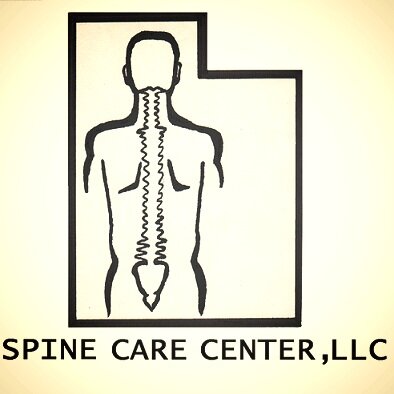
Celiac Plexus Block
A celiac plexus block, also known as a splanchnic nerve block, is an injection in the middle of the back, toward the left or right side. The "celiac plexus" is a small bundle of nerves that carries "sympathetic" nerve signals from the abdomen. In some instances, certain diagnoses, (e.g., pancreatic cancer, other cancers in the abdomen, chronic alcoholism, etc.) can cause an unusual, burning pain in the abdomen. Injecting a small amount of local anesthetic on the celiac plexus can identify whether or not this pain is carried through the celiac plexus. The nerves that combine to form the celiac plexus are called the splanchnic nerves and sometimes these nerves can be blocked directly. Both procedures are performed in the same way and the amount of pain relief is the same.
How long does the procedure take?
The injection takes 15-20 min. Please allow an hour for the procedure; this time includes talking to your doctor before the procedure, signing the informed consent form, positioning in the procedure room, and observation by the recovery room nurse afterwards.
What medicines are injected?
For diagnostic purposes, only local anesthetics are injected, usually bupivacaine. If the diagnostic injection is successful in blocking your pain, other medications may be used for longer-lasting relief. These may include steroids (e.g., methylprednisolone or triamcinolone) or dilute phenol (a "neurolytic", resulting in longer-lasting nerve block).
Will it hurt?
Our procedures begin by injecting a small amount of local anesthetic through a small needle. It feels like a little pinch and then a slight burning as the local anesthetic numbs the skin. After the skin is numb, the procedure needle feels like a bit of pressure at the injection site. If you experience any pain during the procedure, your doctor will inject more local anesthetic.
Will I be "put out" for this procedure?
No. This procedure is done under local anesthesia.
How is it done?
The procedure is done with you lying on your stomach. Your blood pressure and oxygenation will be monitored. In addition to your doctor and the x-ray technician, there will be a nurse in the room at all times if you have any questions or discomfort during the procedure. The skin on the back is cleaned with antiseptic solution and then the procedure is done.
What should I expect after the injection?
Shortly after the injection, you may feel your pain diminishing. In some instances, you may feel the urge to pass gas or have a bowel movement. This is normal.
Can I go back to work the same day or the next day?
Your doctor or recovery room nurse will discuss this with you, depending on your response to the injection. You should plan on going back to work the next day.
How long does it last? How many injections do I need to have?
It is difficult to predict. Blockade of the celiac plexus can sometimes last permanently. For most patients, however, interruption of the plexus provides temporary relief. Repeated injections can sometimes cause progressive lessening of symptoms. Your doctor will discuss this with you.
What are the risks and side effects?
This procedure has very few risks. With any procedure, there are some risks and side effects. Commonly encountered side effects are increased pain from the injection (usually temporary), inadvertent puncture of the “sack” containing spinal fluid, inadvertent injection into blood vessels around the spine, infection, bleeding, nerve damage, or no relief from your usual pain.
Who should not have this injection?
The following patients should not have this injection: if you are allergic to any of the medications to be injected or if you have an active infection. If you are on an antibiotic or blood-thinning medication (e.g. coumadin, injectable heparin), please inform your doctor.
